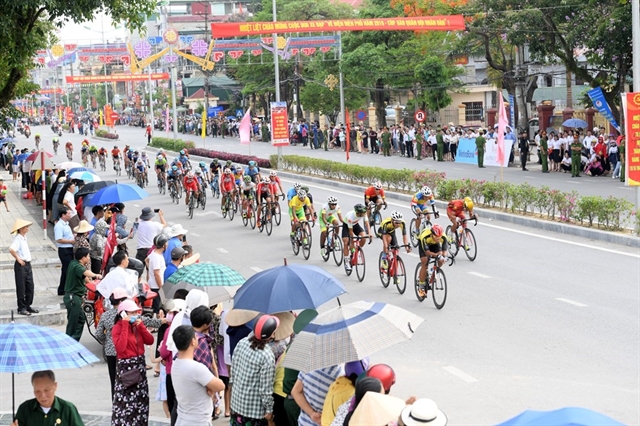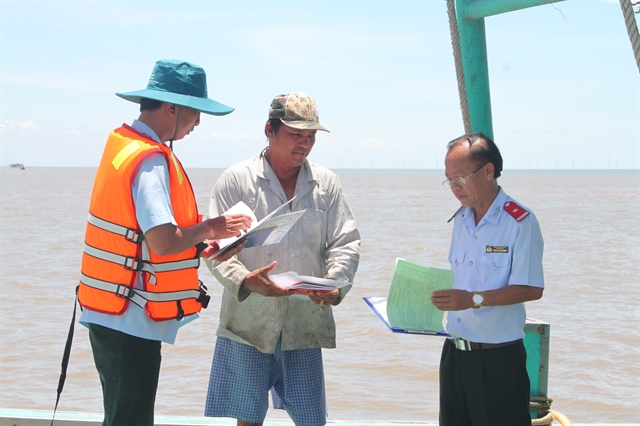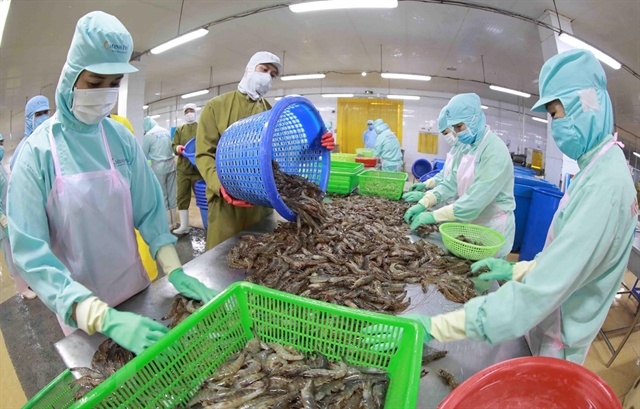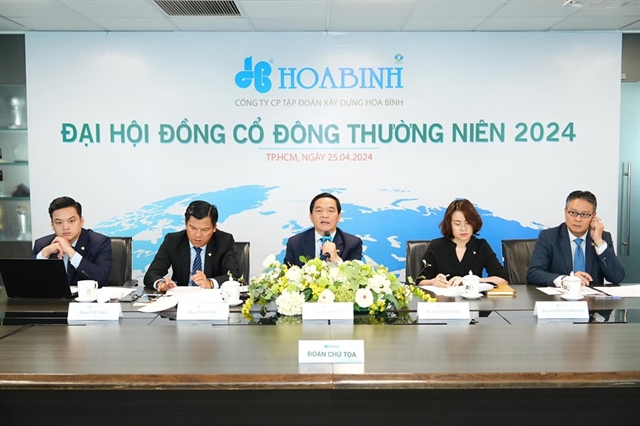 Economy
Economy
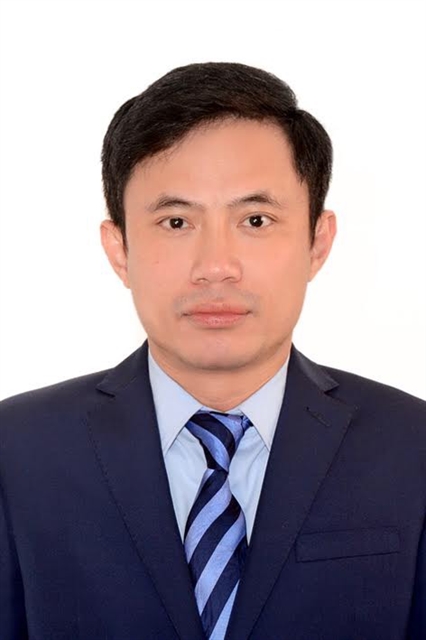
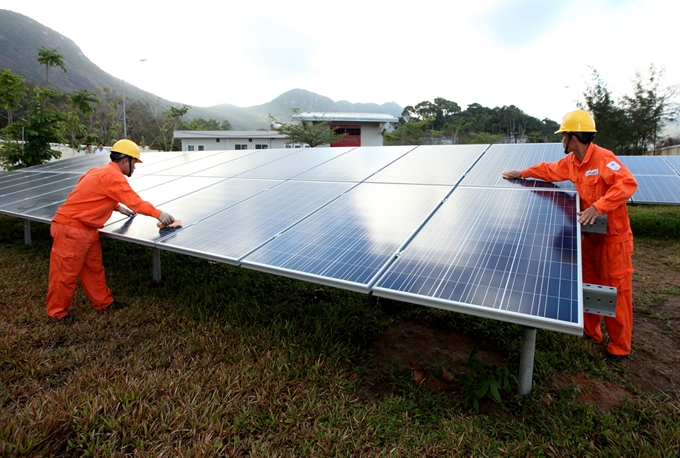 |
| Solar panels are checked at a plant on Côn Đảo Island. A shortage of policies on power tariffs for renewable energy has prevented the sector from attracting investors, said Prof Đặng Đình Thống from the Viet Nam Clean Energies Association (VCEA). — VNA/VNS Photo Ngọc Hà |
HÀ NỘI – A shortage of policies on power tariffs for renewable energy, particularly solar electricity, has prevented the sector from attracting investors, said Prof Đặng Đình Thống from the Việt Nam Clean Energies Association (VCEA).
“Several investors are ready to invest in solar electricity projects in Việt Nam,” Thống said.
He told a conference on developing solar electricity in Việt Nam held in Hà Nội yesterday that investors have looked to central Ninh Thuận and Bình Thuận provinces, which have a number of solar and wind power projects and also wish to expand to Quảng Ngãi, Thừa Thiên Huế, Hà Tĩnh, Hậu Giang and Bạc Liêu.
“The biggest challenge for the sector’s development is price mechanism. The solar electricity price should be calculated to ensure suitable profits for investors,” he said.
VCEA statistics showed that the country has about 30 local and foreign investors with solar projects of 20MW to over 300MW. Several investors from South Korea, France and India registered to invest in some central provinces.
He said that the number of local investors studying investing in clean energies has risen. For example, the Central Power Corporation has a solar electricity plant with capacity of 150MW in the central Khánh Hoà and the Electricity of Việt Nam planned to invest in plants in Đồng Nai and Bình Thuận.
Việt Nam has potential for solar energy as it has solar irradiance of 4.3 kWh/m2 and averages 2,000 hours of sunlight each year.
However, investors have faced challenges when investing in the sector.
Lê Vĩnh Sơn, chairman of the clean energies and energy saving group under the Việt Nam Private Sector Forum and chairman of Sơn Hà Group said companies have been ready to invest in the sector.
“Policies on clean energies, especially solar energy have not been synchronous. Resources for clean energies have been limited and State management on the sector has been poor,” Sơn said.
Diệp Bảo Cảnh, chairman and general director of Red Sun Solar Energy Company said officers in management agencies lack knowledge on solar energy, making them unqualified to assess projects.
Financial institutions and banks also struggled to make credit assessments for solar power projects, Cảnh added.
He suggested the Government create a technical criteria relating to solar energy to serve as a foundation for project assessment.
Ninh Thuận Province should strive to become the country’s centre for wind and solar power projects, Nguyễn Văn Bình, the chairman of the Party Central Committee’s Commission for Economic Affairs, said on Monday.
Speaking at a meeting with provincial officials about the 12th National Party Congress resolution, Bình said that stable growth and environmental protection were needed for the country’s economic development.
Renewable energy is the path toward a “green economy”, he said.
Fourteen regions covering 8,000 hectares in the south-central coastal province, mostly in the districts of Ninh Phước, Thuận Nam and Thuận Bắc, could easily accommodate wind power turbines because of strong winds in the area.
Wind speed in the province averages 7.1 metres per second, the highest in the country.
The province also has the highest potential in the country for solar energy. It has 2,600 to 2,800 hours of sunlight each year.
Average solar radiation is more than 320kcal per sq.cm every year, according to the World Bank.
Bình asked the province’s authorities to work with the Ministry of Trade and Industry to determine initial prices for wind and solar energy, and submit the proposal to the Government.
Renewable energy projects are expected to help solve the country’s power shortage, he said.
Ninh Thuận Province, however, has attracted only three wind energy projects, largely because of the high initial investment required for such projects and the price for the energy produced, which is lower than what investors want.
They include the $57 million Mũi Dinh plant, invested in by Germany’s EAB Company, and a $177.5 million plant, invested in by Trung Nam Wind Power Joint-Stock Company, a subsidiary of the Trung Nam Group.
Construction began recently on the two plants, which are expected to be put into operation next year.
The other project is the Công Hải plant of the Sài Gòn Industry Corporation, built in co-operation with Power Generation Corporation 2 and HCM City Electric Power Trading Investment Corporation. It is expected to begin operation next year. — VNS

